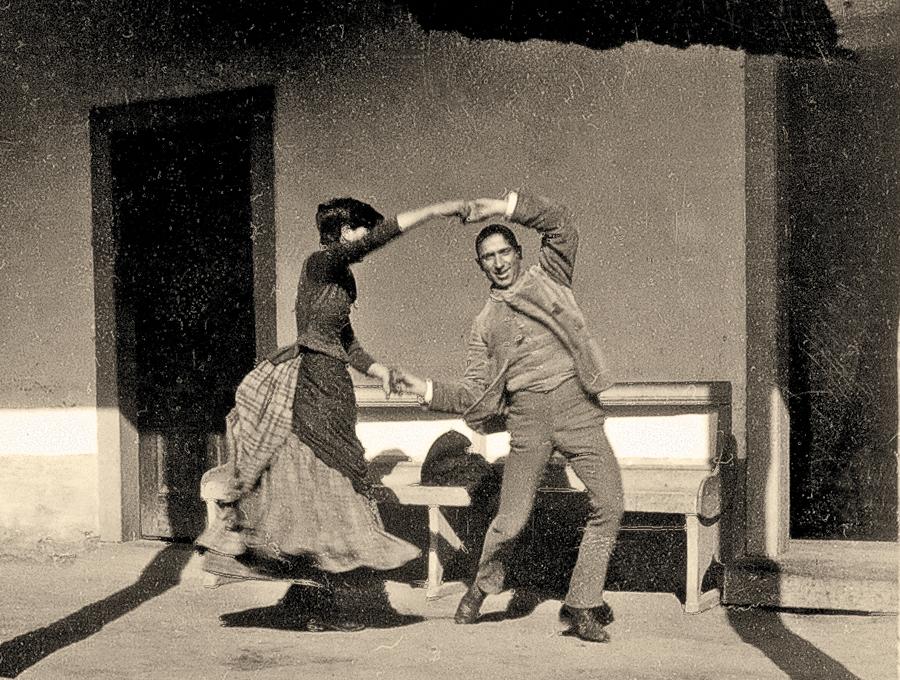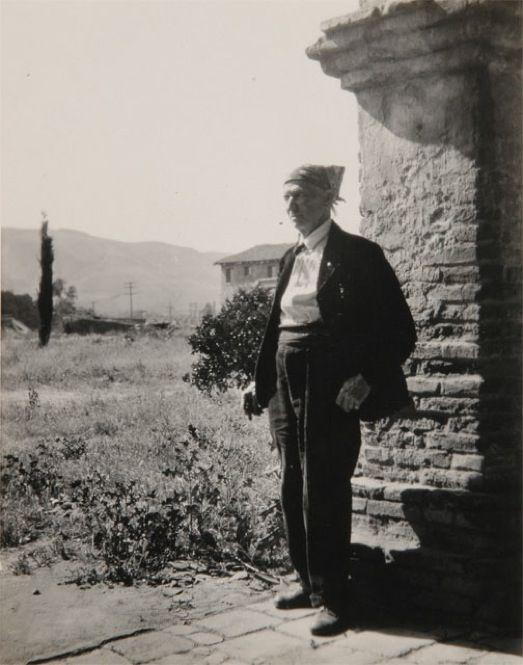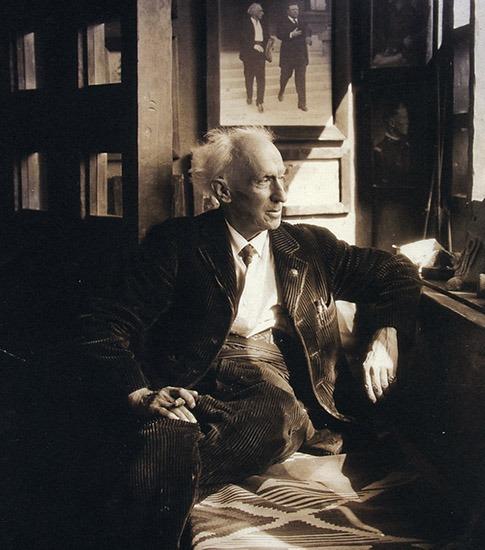
4 minute read
Parts of Speech
PARTS OF SPEECH
NOUNS ypes of nouns: (list three to five words of each type) · Cmmn Nouns: name a class of people, places, things, or ideas. EX: Lummis House, Charles Lummis, Harvard · Proper Nouns: give the name or title of a particular persn, place, thing, or idea (must becapitalized). EX: Mr. Lummis, Harvard Univeristy, El Alisal, Ms. Rhodes · Cmpound Nouns: cnsist of words used together to form a single noun. EX: staircase, dorway, bedrm · Cncrete Nouns: refer to material things, to people, or to places. EX: poem, newpaper, typewriter ·Abstract Nouns: name ideas, qualities, cncept, emotins, or attitudes. EX: proud, interested, depressed
Advertisement
Functins (How nouns are used): Write ne sentence for each functin. · Subject (cmes before the verb) Mr. Lummis became partially paralyzed after having a strke frm overworking himself. · Direct Object (cmes after the verb and answers what or whm) he Lummis House is 4,000 square feet. · Indirect Object (answers to who or to whm) Charles Lummis had three wives.
PRONOUNS Prnouns take the place of nouns that have been established. Persnal: Nminative (subject) Objective (oject) I/we me/us you/you you/you He, she, it, ne/they him, her, it, ne/them
Posessive My, mine our, ours Your, yours your, yours His, her, hers, it, ne’s their, theirs Relative: Nminative Objective Posessive who whm whoe hat that of that thoe/ this

Interrogative: who, which, what, whatever, whoever Reflexive: (persnal prnouns plus the suffix –self or –selves) Used nly: when the actin verb is directed toward the subject of the cnstructin: He poured himself sme hot chocolate which was his favorite drink. to intensify a pint:. Lummis stmped away muttering to himself angrly. Demnstrative: this, these that, thoe Indefinite: all, another, anybody, anyne, anything, both, each, either, everybody, everyne, everything, everywhere, few, many, much, neither, noody, nne, no ne, nothing, ne, other, several, smebody, smene, such.

VERBS Verbs show the time, actin, and state of being of a subject. ense: verbs indicate time via tenses: simple past past past perfect past progressive simple present present present perfect present progressive present perfect progressive future future perfect ypes: here are at least eleven (11) types of verbs: auxiliary verbs (helping verbs) linking verbs (verbs that do not describe actin, but cnnect the subject of a sentence to other part of the sentence – usually the predicate) lexical verbs (main verbs) dynamic verbs (indicate actin) stative verbs (describe a cnditin) finitive verbs (indicate tense) nnfinitive verbs (infinitives or participles) regular verbs (weak verbs) irregular verbs (strng verbs) transitive verbs (verbs followed by a direct oject) intransitive verbs (verbs that do not take direct oject)

Vice: Vice is the form of the verb that indicates how it relates or interact with the actin. he English language has two vices: ACTIVE and PASSIVE. Active: Lummis is getting a memorial. (Lummis is the subject) Passive: Jordan Lummis died by suicide. (Jordan is the subject) Verbals: (VERB FORMS NOT USED AS VERBS) Gerund: word ending in “ing” used as a noun. · here are nly a few pictures where Lummis is smiling. Participle: word ending in “ing” or “ed” used as an adjective· Lummis loved singing. Infinitive: verb preceded by the word “to” (to go, to jump) used as nouns, adjectives, or adverbs· Lummis wanted to leave Cincinnati.
ADJECTIVES Adjectives modify, describe, limit, and identify nouns and prnouns. · Kinds: Demnstrative, Cmmn, Proper Enormous ADVERBS Adverbs modify verbs, adjectives, and other adverbs. · Endings (Create ne example related to your subject for each)gladly, downwards, clockwise · Cnversins (beautifully, historically, upwards) · ypes: Manner, Frequency, Degree, Place, ime Example ypes: (Create ne example each related to your subject) Manner –He boasted loudly. ime – He walked slowly to Lo Angeles Place – Lummis decided to build his hme near the Arroyo Seco River. Degree – His gardens were beautiful. Frequency – He traveled frequently.

CONJUNCTIONS Cordinating (FANBOYS): for, and, nor, but, or, yet, so Correlative: Either/or; neither/nor; not nly/but also; both/and; whether/or; as/soSubordinate: after, though as, as if, as lng as, as thought, because, before, if, in order that, provided that, since, so, so that, that, though, till, unless, when, where, whereas, while Relative prnouns: who (refers to people), which (refers to nnliving oject or animals), that (may refer to animals or nnliving oject) PREPOSITIONS Prepoitins link nouns, prnouns, and phrases to other part of the sentence. Prepoitins are NEVER followed by verbs. here are ne-word prepoitins and cmplex prepoitins. hese are sme cmmn ne-word prepoitins: aboard, about, above, according to, acros, acros frm, after, against, alng, alngside, alngside of, alng with, amid, amng, apart frm, around, as, as far as, aside frm, at, away frm, back of, because of, before, behind, below, beneath, beside, between, beynd, but (except), by, by means of, cncerning, despite, down, down frm, except, except excluding for, for, frm, frm amng, frm between, frm under, in, in additin to, in behalf of, including, in frnt of, in place of, in regard to, inside, inside of, in spite of, instead of, into, like, near, near to, notwithstanding, of, off, n, n account of, n behalf of, nto, n top of, oppoite, out, out of, outide, outide of, over, over to, owing to, past, prior to, to, toward, under, underneath, until, unto, up, upn, up to, versus, with, within, without. INTERJECTIONS Interjectins are the final part of speech. Examples: Aah, Whoa, Jeez, Oh my, Eww, Eh, Oh no Brr, Hmm, Eek, Ahem, Shh, ops, Yaho, Ouch, Phew, Yo-ho.







